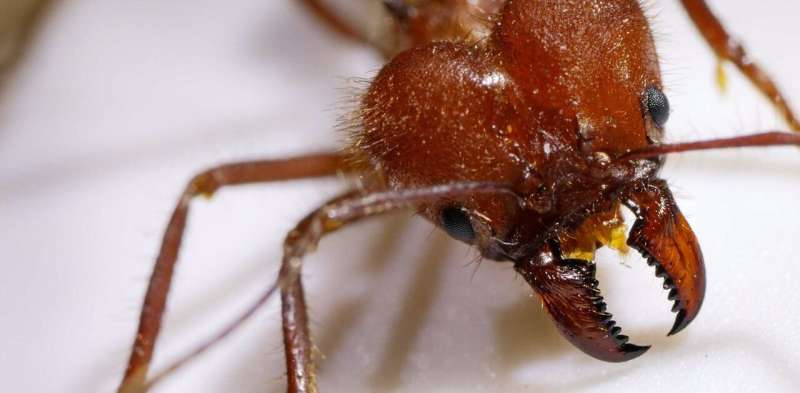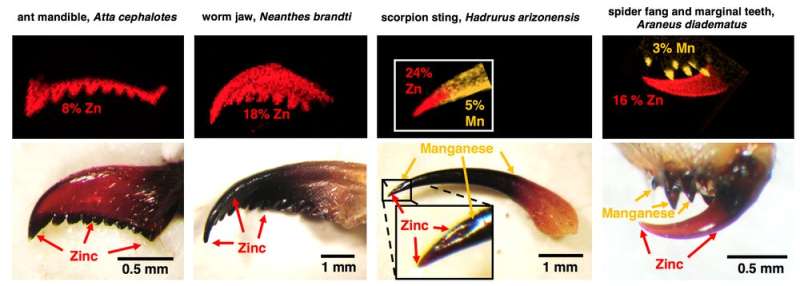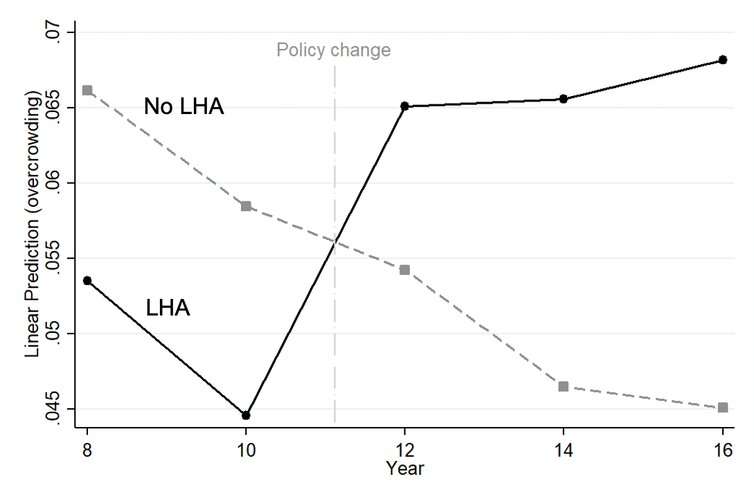UK
Women and ethnic minorities face 'severe disadvantages' in reaching top rank among surgeons

Women and ethnic minority surgeons who want to reach the top rank of their profession face "severe disadvantages" and a glass ceiling, new research shows.
Even when they have a similar work history to male surgeons, they are consistently less likely to reach the top rank of consultant, the British Academy of Management online annual conference heard today.
Three academics analyzed data on 3,402 NHS junior surgeons in England from 2009–2010, studying how many had progressed to consultant level by 2020.
The three are: Professor Carol Woodhams, of the University of Surrey Business School, with Ira Parnerkar of Queen Mary University, and Mukunda Sharma of Exoduspoint Capital LLC.
The raw data, from the Electronic Staff Record for NHS staff, showed that rates of promotion for women and ethnic minority groups were lower than those for white men. Compared to the promotion rates to consultant from 2016–2020 of white men:
- Black women were 42 percentage points less likely to be promoted.
- Women of Indian and Pakistani ethnicity were 28 percentage points less likely to be promoted.
- White women were 21 percentage points behind.
- Women of Chinese and south east Asian ethnicity were 14 percentage points behind.
- Black men were 27 percentage points behind
- Indian and Pakistani men were 10 percentage points behind.
- Men of Chinese and south east Asian ethnicity were 6 percentage points behind.
The statistics also showed that in 2010, 57% of junior surgeons were men. By 2020 that had increased to 63% men as more women than men had dropped out of the career structure, and the proportion of men who had been promoted to consultant was 53.6%, and for women 36.5%.
Ethnic minority women comprised 15% of surgeons in 2020 but only 8% of trainees who were promoted to consultant were from this group.
Professor Woodhams adjusted the raw data to compare surgeons who were of similar age and background and who had worked a similar number of hours in training.
She found that taking maternity leave of any duration meant a 7 percentage points less chance of reaching consultant level by 2020. Taking any other kind of career break, such as working part-time, perhaps to look after their children, reduced chances of promotion by 8 percentage points.
Even when comparing groups with the same amount of training hours and same record of career interruptions, women and Black men were less likely to be promoted to consultant.
"The most striking finding is that even when Indian women, white women and Black men conform to white male patterns of working, the progression gap is wide and, in some cases, very wide," Professor Woodhams said.
"This is objective evidence that disadvantage against diverse groups in surgery is deep-rooted and a new progressive milieu in the NHS and the broader society has not yet translated into concrete and progressive outcomes.
"Women, and especially non-white women, are under-represented in senior ranks of consultant, making a prima facie case for the existence of a glass ceiling.
"Black male surgeons are severely disadvantaged. Black males work long hours, take very few part time or career interruptions and tend to work in most elite subspecialties of surgery. Yet they are one of the least likely to secure promotion." Non-white trainees were less likely to be promoted to consultant in hospitals where there was a high proportion of white men, she said.
Part of the reason for the high promotion rate of white men may be an old-boys' network, she said. "Women and ethnic minority junior surgeons may have less access to important informal networks that bestow the sponsorship and patronage that is so important in securing a consultant post."
She said that her research quantified the effects of previous surveys in which a third of trainee surgeons said they had experienced bullying, undermining and harassment from, in most cases, a consultant.
"In an elite profession, surgery is arguably the most elite of specialties. It is competitive, pressurized and receives the highest reward but it is consistently associated with a bullying culture that is especially hostile to women."






